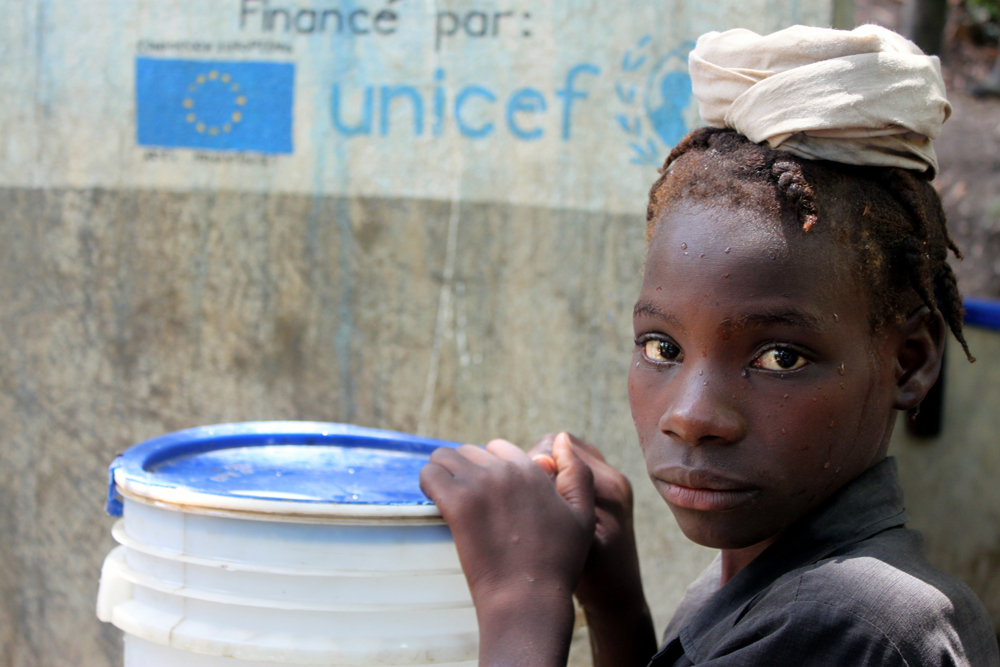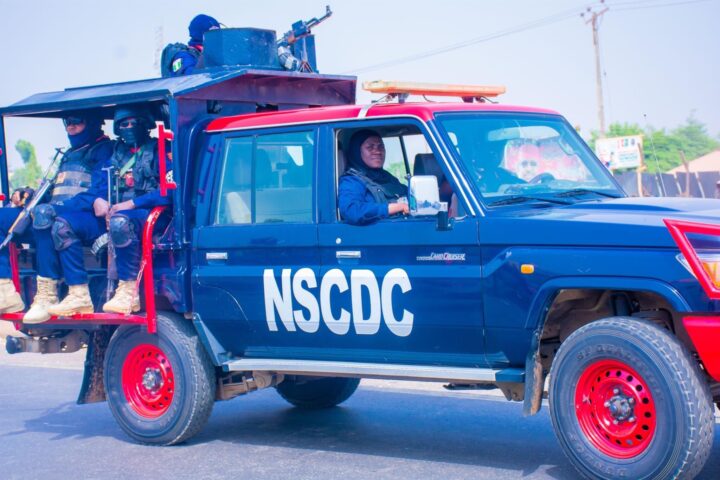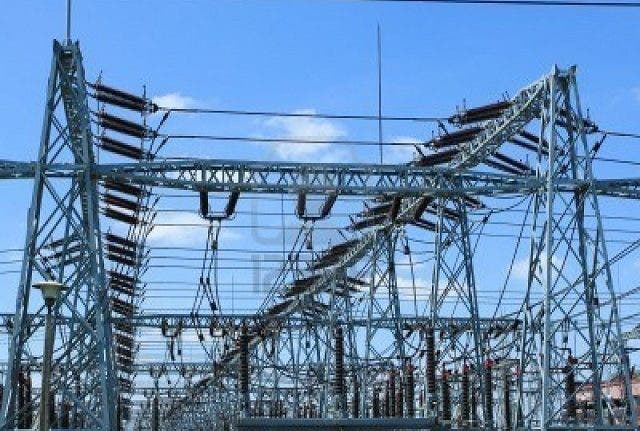Nigeria, 36 Others Facing Extremely High Levels Of Water Stress — UNICEF


THE United Nations Children Fund (UNICEF) has revealed that thirty-seven countries including Nigeria are currently facing extremely high levels of water stress.
The world children governing body also stated that some 600 million children; or one in four children worldwide, will be living in areas where water demand far outstrips supply by 2040.
This was made known in a report released by UNICEF to mark 2017 World Water Day on March 22 with the theme: Thirsting for a Future: Water and children in a changing climate.
The report stated that Nigeria is on that list because of lack of availability of physical infrastructure to harness these water resources effectively.
“For Nigeria, the challenge is not a lack of water resources such as rainfall or ground water but the availability of physical infrastructure to harness these water resources effectively. There are major differences in rainfall between the north and south making it all the more important to better plan and manage water resources to minimise the impact of flood and drought.
“As we work towards achieving the Sustainable Development Goal of reaching every Nigerian with access to safe, functional, affordable and accessible water, we must manage water resources more efficiently to meet the needs of Nigeria’s growing population and economic development,” said, UNICEF’s Chief of Water, Sanitation and Hygiene, Kannan Nadar.
Also, UNICEF’s Executive Director, Anthony Lake, said: “Water is elemental; without it, nothing can grow. But around the world, millions of children lack access to safe water, endangering their lives, undermining their health, and jeopardising their futures. This crisis will only grow unless we take collective action now.”
Lake also added that “population growth, increased water consumption, and higher demand for water largely due to industrialisation and urbanisation, are draining water resources worldwide. Conflicts in many parts of the world also threaten children’s access to safe water.
“All of these factors force children to use unsafe water, which exposes them to potentially deadly diseases like cholera and diarrhoea. Many children in drought-affected areas spend hours every day collecting water, missing out on a chance to go to school. Girls are especially vulnerable to attack during these times.”
UNICEF however recommended that “governments need to plan for changes in water availability and demand in the coming years; Above all, it means prioritising the most vulnerable children’s access to safe water above other water needs to maximise social and health outcomes.
“Climate risks should be integrated into all water and sanitation-related policies and services, and investments should to target high-risk populations.
“Businesses need to work with communities to prevent contamination and depletion of safe water sources.
“Communities themselves should explore ways to diversify water sources and to increase their capacity to store water safely.”
Credit: Nigerian Tribune









